Nationality Latvian Role Composer | Name Volfgangs Darzins | |
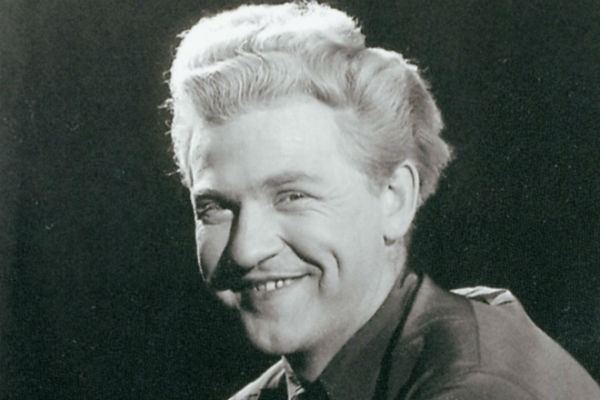 | ||
Education Jazeps Vitols Latvian Academy of Music Parents Emils Darzins, Marija Deidere Similar People Emils Darzins, Janis Kalnins, Adolfs Skulte, Lucija Garuta, Janis Medins | ||
Volfgangs darzins sonata 2 mvt 1
Volfgangs Dārziņš (1906–1962) was a Latvian composer, pianist and music critic.
Contents
- Volfgangs darzins sonata 2 mvt 1
- Volfgangs d rzi piano sonata in f played by elizabete b rzi a
- Biography
- Songs
- References
Volfgangs d rzi piano sonata in f played by elizabete b rzi a
Biography

Volfgangs Dārziņš was born in 25. September, 1906 in Riga to Latvian composer Emīls Dārziņš and Marija Deidere. He was named Volfgangs in honour of Wolfgang Amadeus Mozart. He studied composition in Latvian conservatory under Jāzeps Vītols and graduated in 1929. Later he continued studies in conservatories piano class which he graduated in 1934. In 1933 Dārziņš participated in VIII Latvian National song festival where several of his Latvian folk song arrangements was acclaimed. He also worked for several Latvian newspapers as music critic. Overall he has published more than 1000 articles. During this time he also became known for extensive research into Latvian folk music, mapping the distribution of many folksongs.
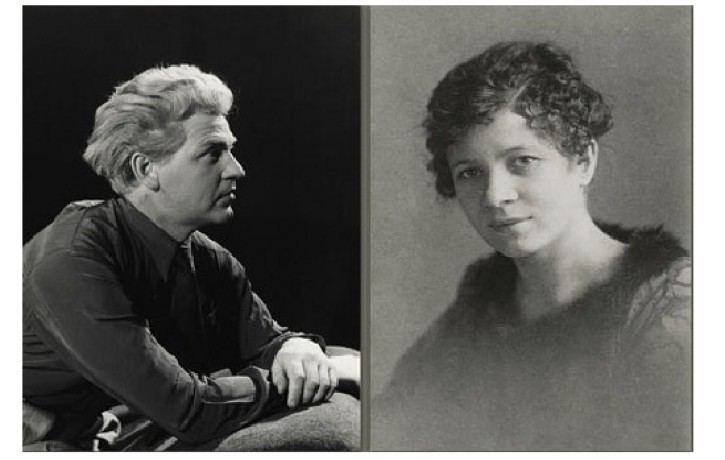
In 1944 he emigrated to Germany and lived in main Latvian displaced persons center- Esslingen. In 1950 he relocated to United States and until 1955 worked as a teacher in Spokane conservatory. He also worked in a music school of a University of Washington and was a conductor of several church choirs. Also he continued to perform as a pianist and made several concert tours through the country. Most notable performance was in Carnegie Hall, New York City in 1954. He became close friend with two of his students Kenneth Benshoof and Alden Andreassen. The Andreassen began performing Dārziņš' songs in memorial concerts after 1962. Volfgangs Dārziņš died in Seattle, on 24 June 1962.
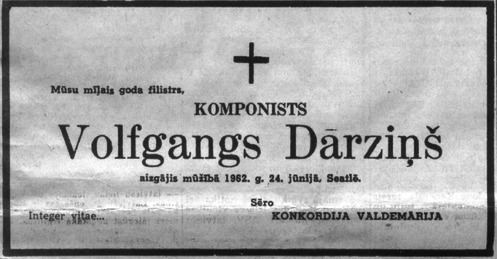
Volfgangs Dārziņš is best known for his ability to include folk motives into classical music. He has made more than 200 Latvian folk song arrangements for piano and voice and also for symphonic orchestra. Also he has written two piano concerts and several suites. He developed a strong original style, influenced to some degree by Bartók and Stravinsky. His compositions are in three categories: piano, solo vocal and choral.
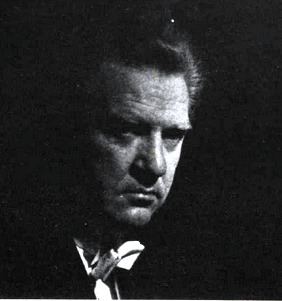
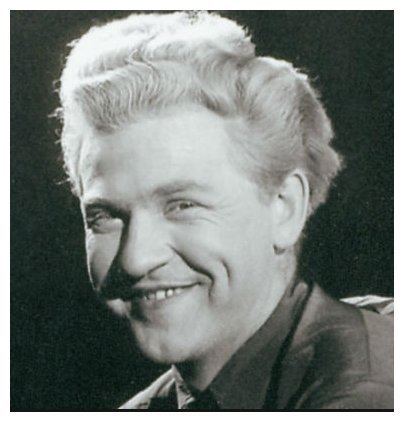
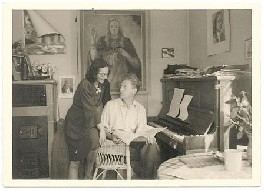
Songs
Bāleliņa līgaviņa
Myus cīmā meitiņa
Noriet saule vakarā
